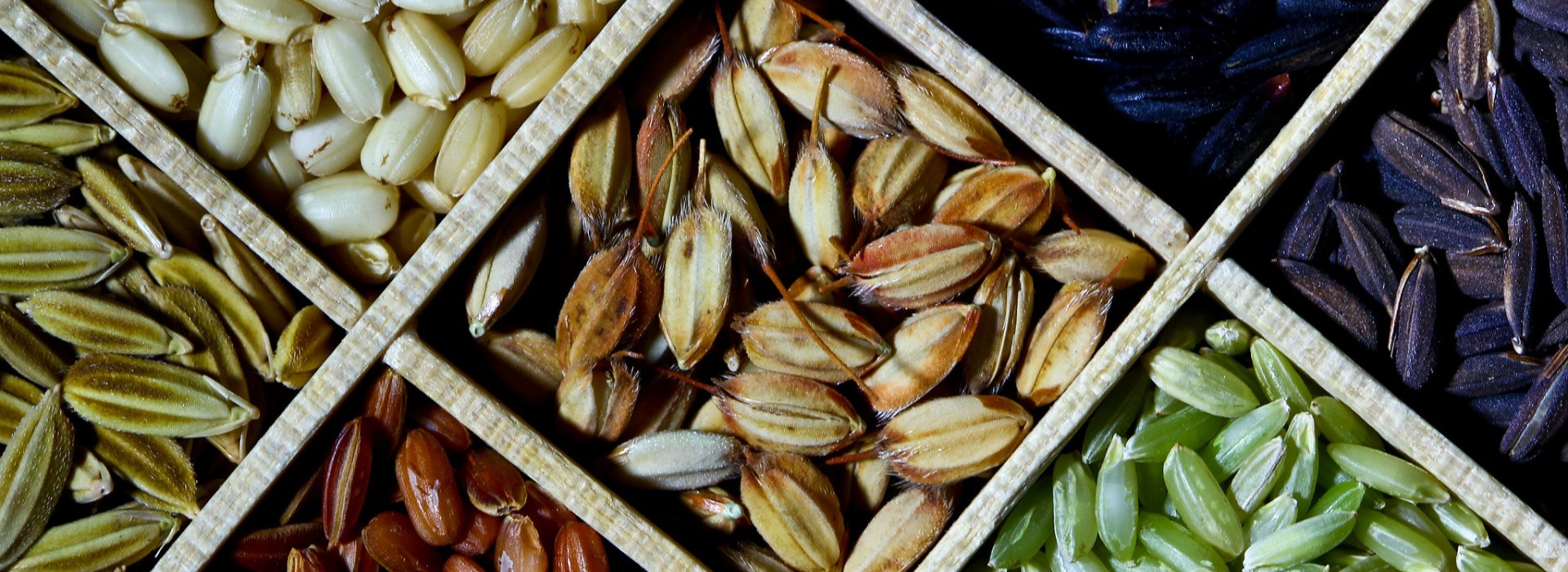Background
Comparative Advantage (CA) is one of the most powerful theoretical insights in economics. It provides a useful framework for identifying areas where CGIAR’s efforts are most crucial to achieving its mission—to deliver science and innovation that advance the transformation of food, land, and water systems in a climate crisis.
CA analysis allows organizations working together to expand their overall effectiveness, by having each organization specialize—at least relatively—in the part of a project that it can accomplish at the lowest cost in terms of the project’s other components. The more different the organizations are in terms of their relative capabilities to produce different deliverables, the more they stand to gain from collaborating and specializing in their areas of CA.
One CGIAR transition facilitates and promotes the use of portfolio approaches to research and innovation. In that context, ISDC aims to put the concept of CA to effective use in research portfolio management at all levels of the System. CA is identified as one of the principles for the practice of evaluation in the CGIAR Evaluation Framework, and appears as a key element of stage-gating. Applying a CA analysis can produce a more streamlined, purposive, and intentional research portfolio. It is designed to harness the various competencies of CGIAR entities, and other organizations with which the system interacts, to make the ‘sum of its parts’ as large as possible.
Process
For years, CGIAR stakeholders have sought to define the System's CA. The CGIAR Initiative proposals reviewed by ISDC—each of which included a section on CA—showed the CA term continued to be used in quite varied ways within CGIAR.
In May 2022, the ISDC Concept Note “Some Reflections on Comparative Advantage as it applies to CGIAR” recommended System Council/ISDC to develop a framework that CGIAR research managers at all levels can use to help:
- define the methods and data by which research for development organizations like CGIAR can identify and demonstrate their CA, and
- apply the method to CGIAR adaptive portfolio management. This would complement CGIAR's increasingly mainstreamed use of the Quality of Research for Development (QoR4D) concept and toolkit.
At the 16th CGIAR System Council meeting, July 20, 2022, CGIAR System Council was invited to consider the ISDC Concept Note, and provide reflections to ISDC in its attempt to develop a CA framework to be used in the future stage-gating of Initiatives and for vetting new or revised Initiative proposals.
An ISDC virtual workshop “Towards a Comparative Advantage Framework for One CGIAR” took place on August 3, 2022. It allowed to exchange with targeted CGIAR stakeholders, senior research leaders, scientists, and partners, on the CA methodological approach, and to surface ideas, concerns, and current practices.
Built on these exchanges, the ISDC Concept Note, and Consultation Draft prepared for the 17th CGIAR System Council meeting, ISDC developed a CA analysis approach which can potentially lead to mutually beneficial partnerships, increasing CGIAR’s effectiveness through specialization, and redirecting scarce resources toward the System’s relative strengths.
An ISDC follow-up virtual workshop took place on November 30, 2022, with the aim to present the CA analysis approach, and to discuss insights from retrospective applications. Further development and use were also considered with targeted CGIAR stakeholders, senior research leaders, scientists, and partners.
ISDC Technical Note “Identifying and Using CGIAR’s Comparative Advantage” was released on December 14, 2022. It creates a common understanding about the CA concept, its aims and benefits, and illustrates how gain from specialization occurs. It reflects on possible sources of CA, and how broad categories (i.e., incentives, human capital, biophysical capital, and social capital) can help identifying outputs in which CGIAR is likely to have CA. Four key steps of a CA analysis are described, and retrospectively applied to specific deliverables from the Livestock Genetics Flagship of the Agri-Food Systems CGIAR Research Program (CRP) on Livestock.
Appendices propose further retrospective applications with the aim of covering the whole set of research ventures comprised in the 2017-2021 CGIAR Research Portfolio, i.e., Agri-Food Systems CRPs, Global Integrating CRPs, and Research Support Platforms. Applications are performed at different levels, from a set of deliverables—which represents the most disaggregated level at which a CA analysis might apply—to a flagship or full program.
Events
- ISDC virtual workshop: Towards a Comparative Advantage Framework for One CGIAR, August 3, 2022
- ISDC follow-up virtual workshop: Towards a Comparative Advantage Framework for One CGIAR, November 30, 2022
